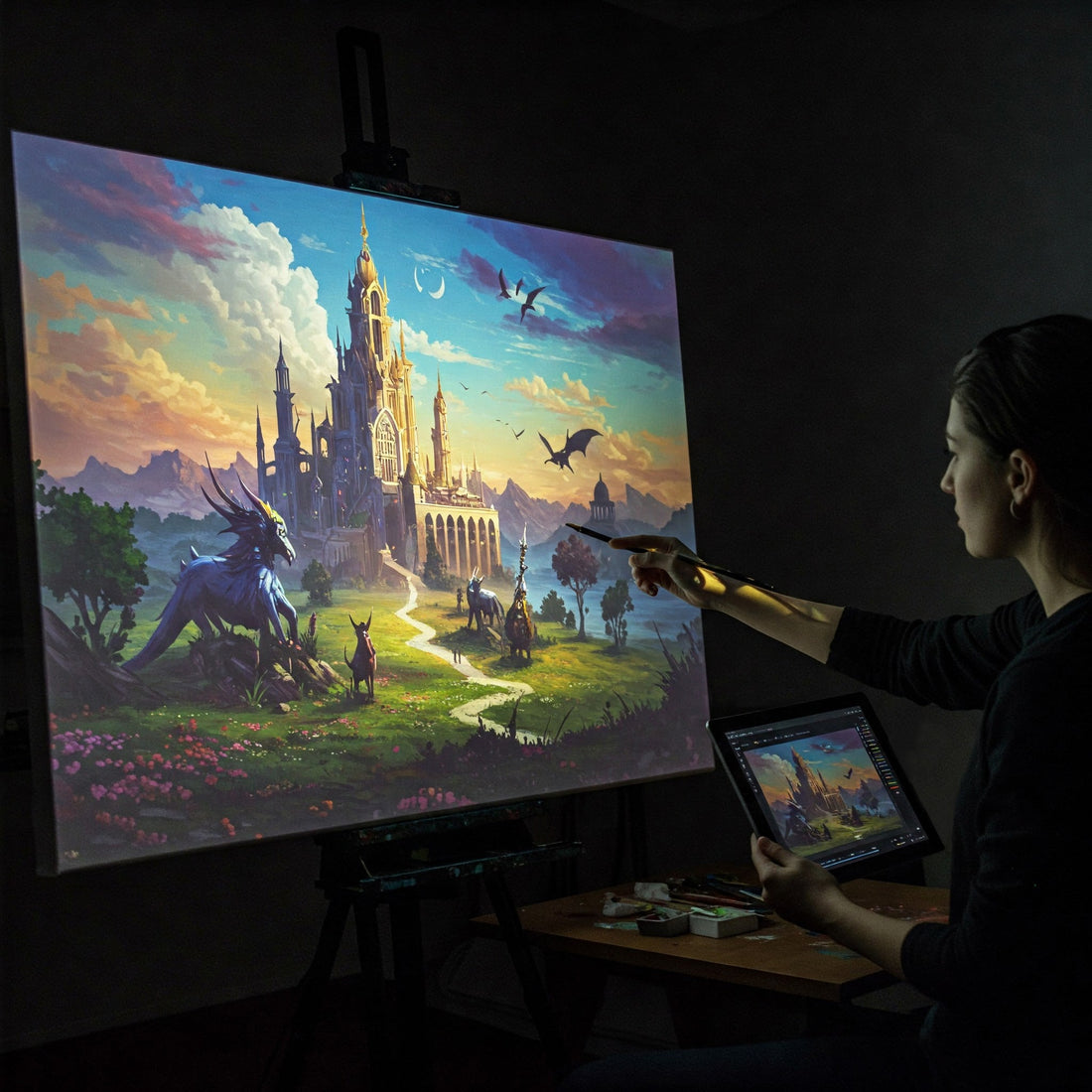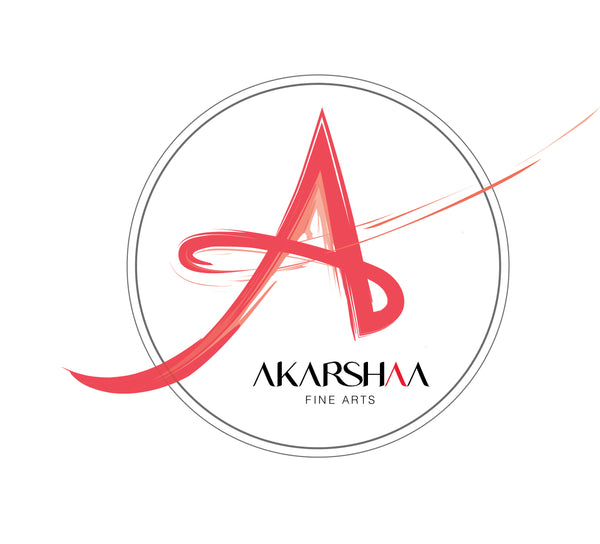
The Algorithmic Muse: How AI is Reshaping the World of Fine Arts
Share
For centuries, the realm of fine arts has been the sacred ground of human creativity, a space where emotion, skill, and vision intertwine to produce works that move, provoke, and inspire. But the landscape is shifting. A new collaborator, a digital muse powered by algorithms, is entering the studio: Artificial Intelligence.
The influence of AI in fine arts is no longer a futuristic fantasy; it's a tangible reality that is sparking both excitement and apprehension within the artistic community. From generating novel visual forms to assisting in creative processes, AI is leaving an undeniable mark on how art is conceived, created, and even perceived.
The AI as Creator: Beyond Imitation
Perhaps the most visible impact of AI is its ability to generate original artwork. Algorithms trained on vast datasets of existing art can now produce stunningly complex and often surprisingly evocative pieces. Tools utilizing generative adversarial networks (GANs) and other machine learning techniques can create images, sculptures (in digital form), and even musical compositions that blur the lines between human and artificial creation.
While early AI art often felt like pastiche or clever mimicry, the technology is rapidly evolving. AI is beginning to develop its own "style," identifying patterns and relationships in data that might escape human observation, leading to truly novel and unexpected artistic expressions. This raises profound questions about authorship, originality, and the very definition of art. Can an algorithm truly be an artist? Or is it merely a sophisticated tool in the hands of a human operator?
AI as Collaborator: Enhancing Human Creativity
Beyond autonomous creation, AI is proving to be a powerful collaborator for human artists. Imagine an AI that can:
- Generate endless variations on a theme: Providing artists with a multitude of starting points and exploring creative avenues they might not have considered.
- Assist with tedious tasks: Automating repetitive processes in digital painting or 3D modeling, freeing up artists to focus on conceptualization and refinement.
- Analyze and interpret art: Offering insights into artistic styles, identifying patterns, and even predicting audience reception.
- Create interactive installations: Blurring the lines between viewer and artwork through AI-powered responsive environments.
In this collaborative role, AI acts as an intelligent assistant, augmenting human creativity rather than replacing it. It can push boundaries, challenge conventions, and provide artists with new tools and perspectives to explore their vision.
The Ethical and Philosophical Debates:
The integration of AI into fine arts is not without its challenges and controversies. Concerns surrounding copyright, intellectual property, and the potential devaluation of human artistic skill are valid and require careful consideration.
- Authorship and Ownership: Who owns the copyright to an AI-generated artwork? The programmer, the user who provided the prompts, or the AI itself? Legal frameworks are still struggling to catch up with this rapidly evolving landscape.
- The Value of Human Touch: In a world where algorithms can produce aesthetically pleasing visuals, what becomes of the unique value and emotional resonance of human-created art? Does the story behind the creation, the artist's intention & lived experience, become less relevant?
- Accessibility and Democratization: While AI tools can potentially democratize art creation, there's also the risk of exacerbating existing inequalities if access to these technologies is not equitable.
The Future Canvas:
Despite the debates, the influence of AI in fine arts is undeniable and likely to grow exponentially. It's not about AI replacing human artists entirely, but rather about a dynamic interplay where technology and human creativity converge.
The future canvas of fine arts might see:
- New artistic mediums and forms: Hybrid creations that leverage the unique capabilities of both human and artificial intelligence.
- Personalized and interactive art experiences: AI tailoring art to individual preferences and creating immersive environments.
- A redefinition of artistic skill: With AI handling some technical aspects, the focus might shift towards conceptualization, emotional depth, and the unique human perspective.
Ultimately, the integration of AI into fine arts presents a fascinating opportunity for exploration and innovation. It challenges our understanding of creativity, authorship, and the very essence of art. As we navigate this evolving landscape, it's crucial to foster open dialogue, address ethical concerns, and embrace the potential of this algorithmic muse to enrich and expand the world of fine arts in ways we are only beginning to imagine.
What are your thoughts on the role of AI in fine arts? Share your perspectives in the comments below!
